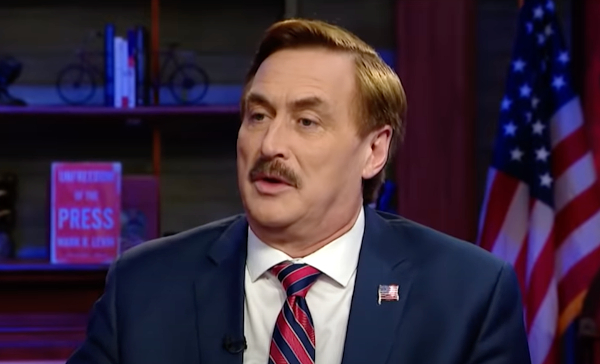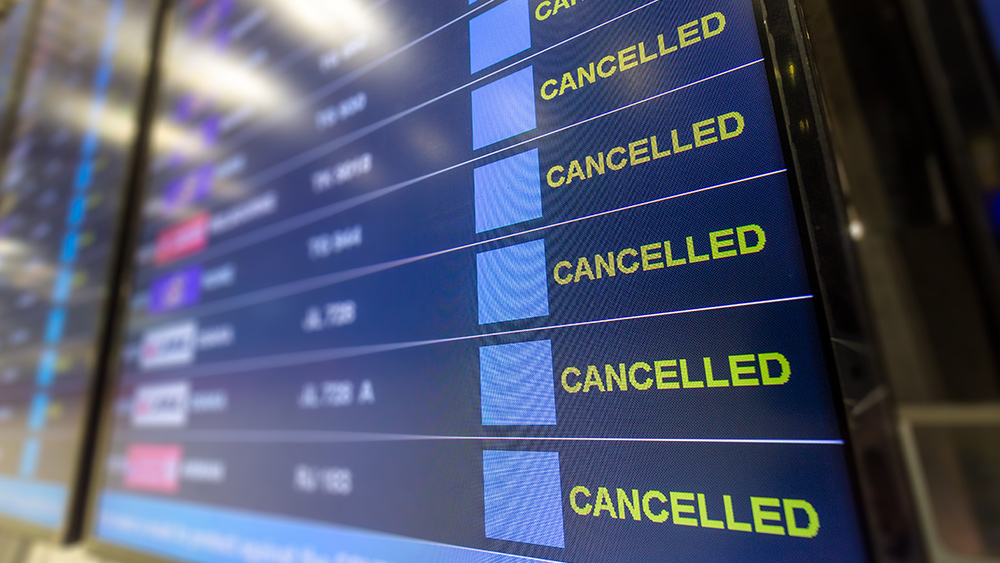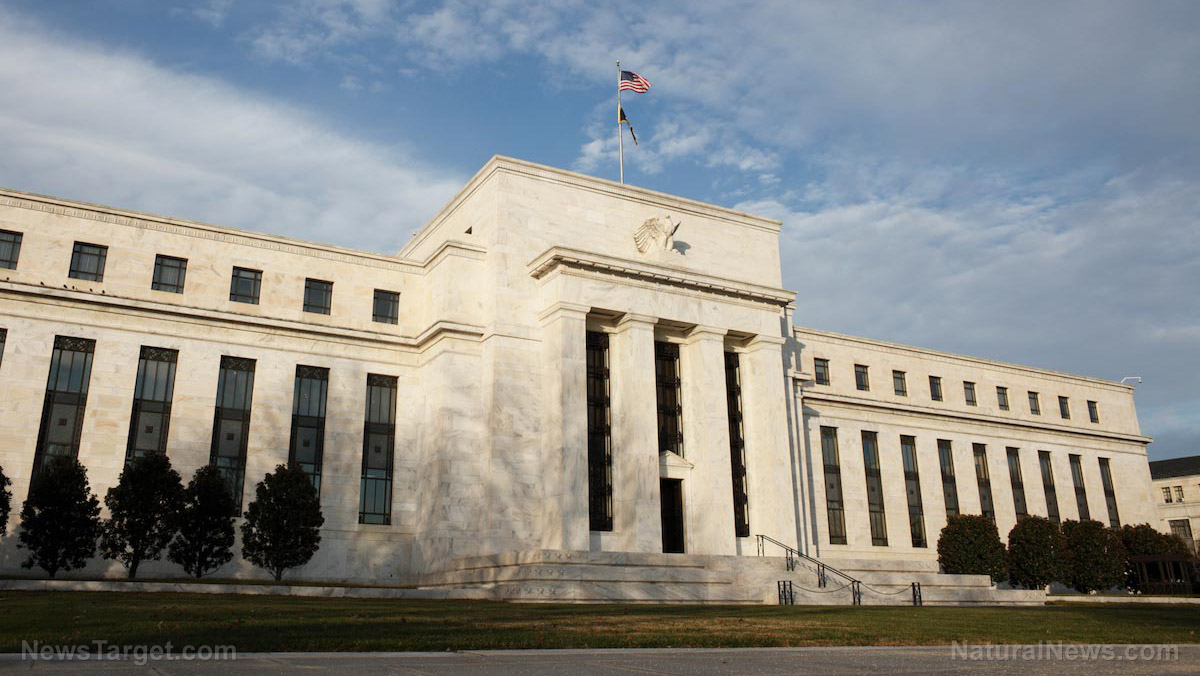UPS and FedEx expected to raise shipping rates by as much as 10% next year
12/22/2022 / By Cassie B.

Shipping costs are expected to rise by 8 to 10 percent next year at the nation’s two biggest package delivery companies, UPS and FedEx.
This is according to a recent report by the shipping consultancy TransImpact, who is predicting that despite the increases, there will be very little difference between the prices offered by the two carriers. The 8 to 10 percent rises will consist of both rate increases and add-on charges.
According to TransImpact, the UPS rates on three-day deliveries will be 15 percent lower than those charged by FedEx, which has been the case for several years; UPS is also expected to underprice FedEx on its second-day morning service throughout the U.S. as well as many international routes.
However, this will be balanced out by the fact that FedEx will underprice UPS on the slower and cheaper ground services offered by the companies. While UPS’s SurePost, which delivers packages for UPS on the last mile to residences, is operated in a collaboration with the U.S. Postal Service, FedEx has brought its own similar service in house. Their pricing advantage in this area, which involves parcels weighing up to 13 pounds, represents the biggest price advantage FedEx holds among the offerings provided by both carriers.
In addition, both carriers are expected to retain the per pound international delivery surcharges next year that they first implemented during the pandemic in response to declining air cargo capacity.
Each carrier’s rate hikes stem from different issues
For observers, the absence of a price gap between the two carriers comes as no surprise given the high competition between them and the long history of changing rates at a similar pace. They note that despite moving nearly in unison when it comes to pricing matters, both companies have faced unique challenges that led to rate hikes.
For example, FedEx has experienced double-digit increases in labor costs at its FedEx Ground unit in the last few years. UPS, for its part, was largely shielded from surging labor cost inflation due to a 2018 contract with the Teamsters union. However, UPS will be facing a major cost adjustment next year when its Teamsters contract is up for renewal in the summer. Teamsters leadership has already indicated that they will be requesting a significant rise in wages in these contract negotiations to make up for lost ground.
The increasing popularity of online commerce prompted both FedEx and UPS to make significant investments in their workforce and infrastructure during the pandemic. However, as demand begins to cool, they will need to protect their margins by charging higher rates.
Meanwhile, carriers in the trucking industry have said that freight volumes will likely drop next year as the economy slows. Many of the major long-haul freight carriers who serve retailers are experiencing pressure on rates in the face of excess container capacity and dropping volumes, not to mention diesel prices. A survey by Peerless Research Group found that less-than-truckload carriers anticipate rate increases of anywhere from 5 to 14 percent.
FedEx announces cost-cutting measures
FedEx reported second fiscal quarter net income of $788 million this week, which is a drop from the $1.04 billion noted during the same period in 2021. However, their $3.07 earnings per share were higher than the consensus estimate of $2.82 per share.
On Tuesday, FedEx announced it will be slashing $1 billion more in costs after soft demand impacted its quarterly profit. The move comes after a round of initial cost-cutting measures in September that included closing some offices, parking planes and raising package delivery rates.
Sources for this article include:
Submit a correction >>
Tagged Under:
Bubble, debt collapse, dollar demise, ecommerce, economic riot, Fedex, finance riot, Inflation, market crash, money supply, rates, risk, shipping, supply chain, transport costs, UPS
This article may contain statements that reflect the opinion of the author
RECENT NEWS & ARTICLES
COPYRIGHT © 2017 BUBBLE NEWS





















